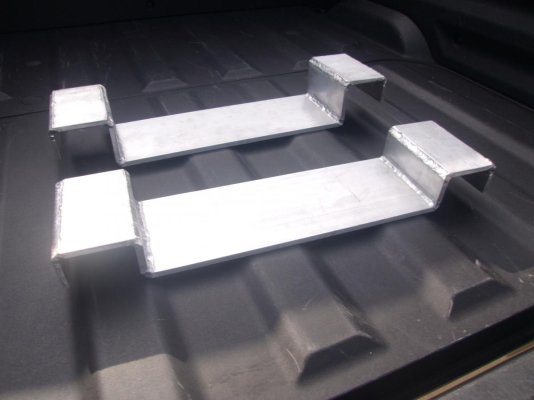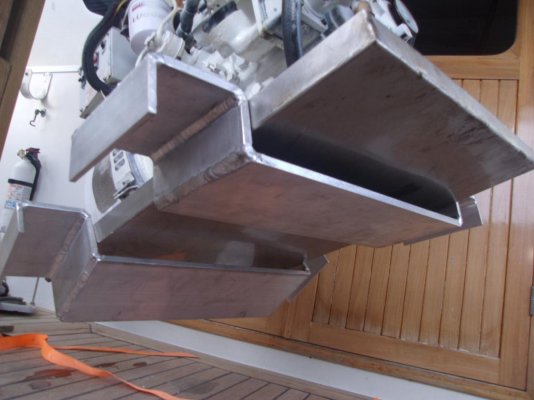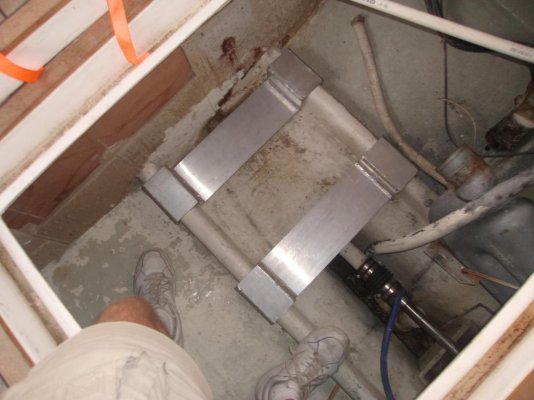healhustler
Guru
- Joined
- Oct 2, 2009
- Messages
- 5,198
- Location
- USA
- Vessel Name
- Bucky
- Vessel Make
- Krogen Manatee 36 North Sea
I'm fabricated some custom aluminum motor mounts upon which I intend to rest the full weight of my genset. Trouble is, that the genset drain pan (which is actually the base of the genset) is stainless steel. Do I need to insulate these from one another or can I simply attach both to the bonding system of the boat and hope for the best? How about a zinc? Thanks in advance for any help.





